Flex
Flexibilizing agent for Aquaproof and cementitious adhesives.
Aquaproof:
Internal, external, underground and overground superficial flexible water-proofing of cement backgrounds and protection of concrete and reinforced concrete against carbonation and the aggression of saline solutions. External water-proofing of foundations characterised by cracks caused by shrinkage or slight settling; renovation of old balconies or terraces in tamped cement by applying flexibilised Aquaproof and direct gluing of tiles with a flexibilised adhesive cement (avoiding the need to use plastic floating screed and, therefore, prevent problems of levels and weight); water-proofing of old cracked concrete swimming pools; protection of street kerbs against de-icing salts; renovation or preventive protection of balconies, steps and bridges against carbonation. Flexibilised Aquaproof is not recommended for surfaces in direct contact with drinking water as it can change the organoleptic characteristics of this water.
Tile 250, Tile 350, Tile 600, Tile 450, Tile 480, Tile 700, Tile 900, T 50, T 250 and T 480:
Flexible gluing, indoors and outdoors, of large and medium size porcelain and glazed stone ware tiles and ceramic tiles of all kinds and sizes, for floors and walls on substrates strongly subject to movement such as cement slabs for balconies and, terraces, building faces, prefabricated cement panels, plasterboard panels, cellular concrete, heated floors or cold storage rooms. Flexible gluing on walls and floors, indoors and outdoors, of natural stone, marble, resin and composite tiles, provided they are not sensitive to water or subject to staining or warping. Some typical applications are listed below: Gluing of natural stone or ceramic floor tiles on balconies or terraces after waterproofing treatment with Flex 2K, Flex 1K, Flexistar or Aquatech. Gluing of large ceramic tiles or natural stone slabs on building face using Flex as is. Gluing of ceramic floor and wall tiles in cold storage rooms, where the temperature maybe as low as -25 °C, using Flex as is. Laying or floors or manufactured items (such as handrails) of resin marble; gluing of ceramic elements on composite panels treated with Tile Primer, using Flex as is. Gluing of ceramic tiles on heated floors, prefabricated concrete walls, cellular concrete and in swimming pools using Flex diluted 1:1 with water. Gluing of ceramic tiles on gypsum or anhydrite surfaces treated with Tile Primer using Flex diluted 1:1.
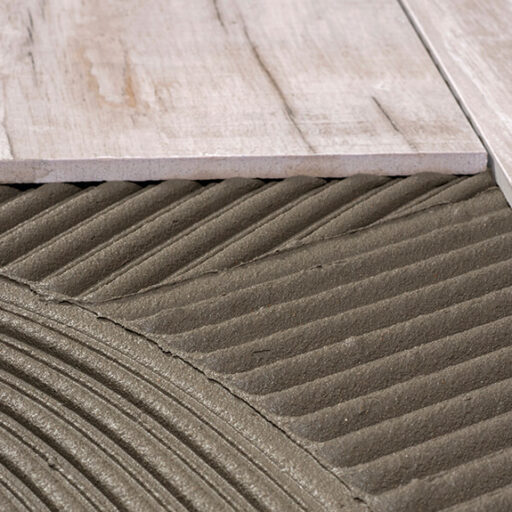
Discover more
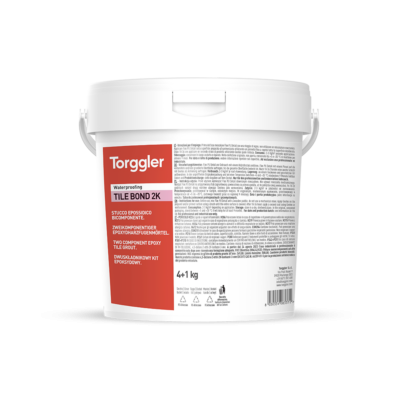
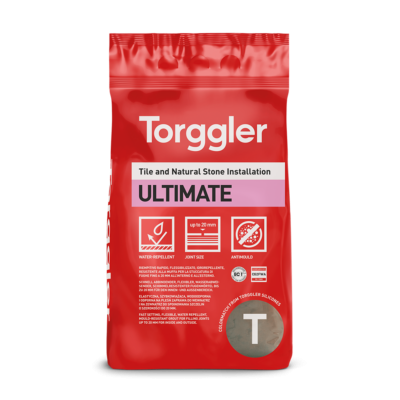
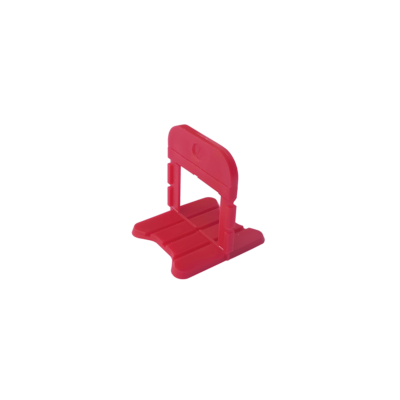
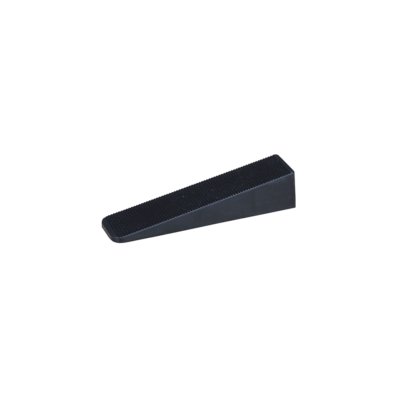
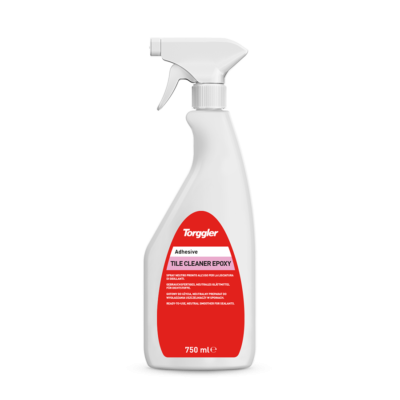
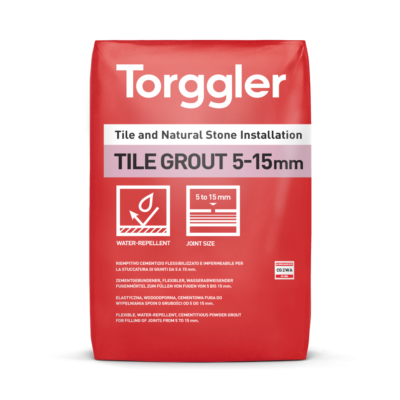
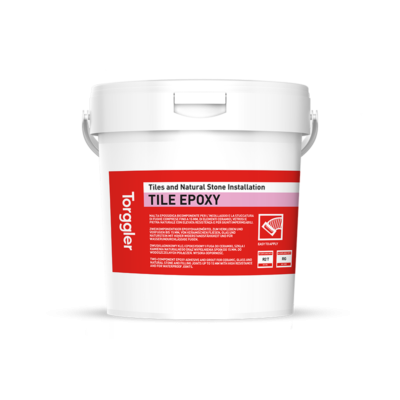
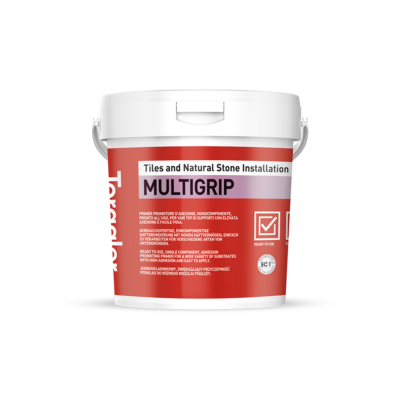
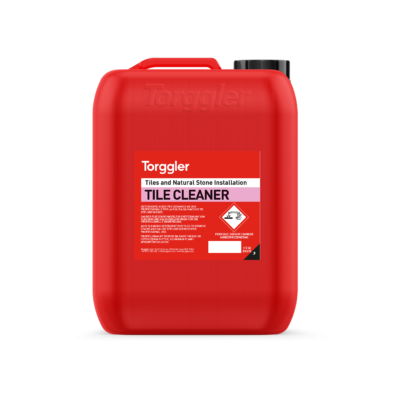
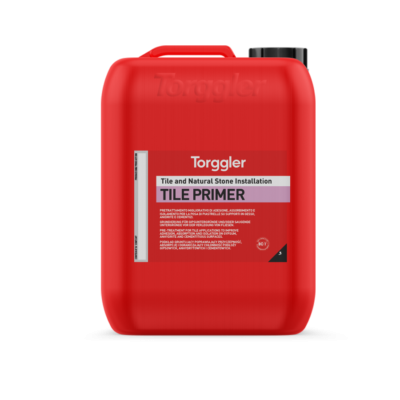
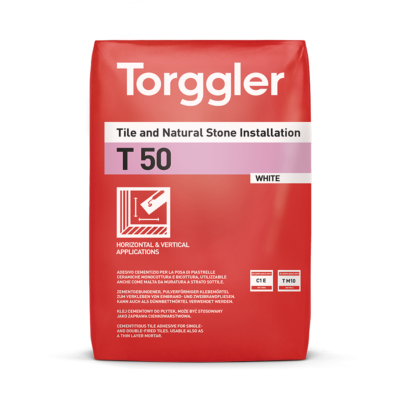
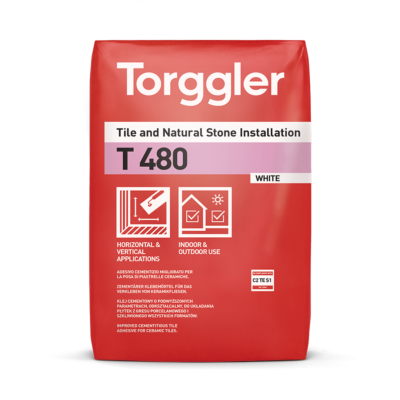
Acrylic elastomer-based product in water dispersion to be added to:
Aquaproof:
The surface to be treated must not be subject to seepage, must be solid and smooth. It must also be suitably keyed, free from bits of cement and loose particles. It must be clean and free from paint film residues. If there is any efflorescence, this must be removed thoroughly and then neutralised using Antisale. Surface defects such as gravel pockets, worn and deteriorated points and spacer holes must be repaired and levelled off before applying the waterproofing fine mortar (using Umafix, for example). The floor-wall joints must be concave (“shell”) shaped. Wet the surface to be treated until it is completely saturated. Do not apply the mortar when the temperature is below +5 °C. Protect the surface from direct sunlight and strong winds. During application and the plastic stage of flexibilised Aquaproof, there must be no water seepage on the surface. Mix Aquaproof with 40% of Flex (1 plastic container of Flex per 1 bag of Aquaproof) mixing, if possible, with a low RPM mechanical mixer until the mix is even and without lumps. In the hot season, for applications to very porous backgrounds, the thickness of the first coat can be modified slightly by adding water. Only prepare a quantity of mix which can be applied within 60 minutes (at 20 °C). Apply the mix with a flat brush -do not use more than 1 kg/m2 for each coat. Do not exceed this thickness or the surface of the coat will crack. Apply the next coat when the previous one is dry to touch (1-2 hours after application). Longer intervals are also possible. Under normal conditions, the product is completely hardened after 7 days and can then be subjected to mechanical and chemical stress. The equipment must be cleaned before the flexibilised Aquaproof hardens. For any subsequent treatment of the flexible Aquaproof + Flex coating, contact the Technical Office.
Tile 250, Tile 350, Tile 600, Tile 450, Tile 480, Tile 700, Tile 900, T 50 T 250 and T 480:
The surfaces to be covered must be suitably dry, solid and regular, clean and free of oils and greases, dust, loose material, dirt of any kind and any traces of old paint. The surfaces must also be sufficiently cured and free of significant shrinkage. As a general rule, traditional cement bedding with normal setting and hardening must be cured for at least 28 days. Cement or cement lime plasters must be dried for at least 14 days. On indoor or outdoor surfaces waterproofed with Flex 2K, Flex 1K or Aquaproof + Flex, apply at least 7 days after the water proofing treatment. Major surface imperfections and irregularities such as level differences, cavities, gravel pockets and eroded or deteriorated points must be repaired in advance and filled out with a self-levelling smoothing product e.g. Livellina 0–10, or with a suitables moothing compound e.g. Rinnova. Gypsum, anhydrite or composite surfaces must be treated in advance with Tile Primer. Use of the product as is or diluted will depend on the deformability properties required (S1 or S2 according to EN 12002). (See table) Pour almost all the mixing liquid required in a suitable container. Then add the powder product, slowly, and mix at the same time using a low speed electrical drill with mixer attachment. Once you have added all the powder product, pour in the rest of the liquid and mix until the product is even and without lumps. Make sure you remove all non-mixed lumps of material from the walls and the bottom of the container. Allow the mixture to stand for about 5 minutes and then mix again briefly. The adhesive mix prepared in this way has a pot life in the container of about 4hours under normal conditions (at 20 °C). Higher temperatures reduce the pot life, lower temperatures increase it. If subject to direct sunlight, that is, high temperatures, wet the surface with a sponge to cool it and then wait until all the surface water has evaporated. Apply the adhesive with an appropriate toothed trowel. The size of the trowel teeth depends on the type and size of the tile to be glued: total coverage of the back of the tiles must be guaranteed. For better adhesion, first apply a thin and uniform layer of adhesive on the surface using the smooth part of the toothed trowel and then apply, immediately, a second layer of the thickness required using the toothed part of the trowel. To lay tiles, closely follow the instructions on the instruction sheet of the adhesive powder you are using, paying special attention to tile size and tile back relief pattern, climatic conditions and adhesive “open time”. After laying, protect the tiles against rain and scouring for at least 24 hours and against direct sunlight for at least 7 days. If laying in the winter, protect against frost for at least 7 days. After laying tiles in cold storage rooms, wait at least 7days before using the cold store. Joints between wall and floor tiles can be grouted after about 24 hours, using Tile Grout 2-15mm. Laid floor tiles can be walked on after about 24 hours. Final hardening takes about 14 days. Wait at least 28 days before filling swimming pools and tanks. The tools used for laying maybe cleaned with water before the adhesive hardens. Once the adhesive has hardened, you may only clean them using mechanical instruments. Any dirt on the surface of the tiles must be cleaned before the adhesive hardens using a damp cloth. Do not apply the product at temperatures below +5 °C or above +35 °C. The mix cannot be diluted with water once it has started setting. Do not use the mixed product when it has already started to set. Therefore, always prepare quantities of mix which can be used within the pot life.
Store in a protected area at temperatures higher than +5 °C. Protect from frost. If closed in the original bags, it can be stored for at least 12 months.
| Color | Code | Packaging | Packaging size | Pallet | Barcode |
|---|---|---|---|---|---|
| White | 6056 | canister | 10kg |
60 pieces
|
Aquaproof:
Internal, external, underground and overground superficial flexible water-proofing of cement backgrounds and protection of concrete and reinforced concrete against carbonation and the aggression of saline solutions. External water-proofing of foundations characterised by cracks caused by shrinkage or slight settling; renovation of old balconies or terraces in tamped cement by applying flexibilised Aquaproof and direct gluing of tiles with a flexibilised adhesive cement (avoiding the need to use plastic floating screed and, therefore, prevent problems of levels and weight); water-proofing of old cracked concrete swimming pools; protection of street kerbs against de-icing salts; renovation or preventive protection of balconies, steps and bridges against carbonation. Flexibilised Aquaproof is not recommended for surfaces in direct contact with drinking water as it can change the organoleptic characteristics of this water.
Tile 250, Tile 350, Tile 600, Tile 450, Tile 480, Tile 700, Tile 900, T 50, T 250 and T 480:
Flexible gluing, indoors and outdoors, of large and medium size porcelain and glazed stone ware tiles and ceramic tiles of all kinds and sizes, for floors and walls on substrates strongly subject to movement such as cement slabs for balconies and, terraces, building faces, prefabricated cement panels, plasterboard panels, cellular concrete, heated floors or cold storage rooms. Flexible gluing on walls and floors, indoors and outdoors, of natural stone, marble, resin and composite tiles, provided they are not sensitive to water or subject to staining or warping. Some typical applications are listed below: Gluing of natural stone or ceramic floor tiles on balconies or terraces after waterproofing treatment with Flex 2K, Flex 1K, Flexistar or Aquatech. Gluing of large ceramic tiles or natural stone slabs on building face using Flex as is. Gluing of ceramic floor and wall tiles in cold storage rooms, where the temperature maybe as low as -25 °C, using Flex as is. Laying or floors or manufactured items (such as handrails) of resin marble; gluing of ceramic elements on composite panels treated with Tile Primer, using Flex as is. Gluing of ceramic tiles on heated floors, prefabricated concrete walls, cellular concrete and in swimming pools using Flex diluted 1:1 with water. Gluing of ceramic tiles on gypsum or anhydrite surfaces treated with Tile Primer using Flex diluted 1:1.
| TECHNICAL SPECIFICATION OF PRODUCT AS IS | VALEURS |
| Consistency | liquid |
| Colour | white |
| Density | 1,020 kg/litre |
| pH | 7,35 |
| Dry residue | 40% |
| TECHNICAL DATA – PHYSICAL AND MECHANICAL PERFORMANCES OF A FILM OF FLEXIBILISED AQUAPROOF: | VALEURS |
| Resistance to positive hydrostatic pressure | 10 m of column of water |
| Resistance to negative hydrostatic pressure 2 m of column of water | |
| Lengthening % to breaking (according to DIN53455): after 28 days at 23 °C – 50% relative humidity | 15% |
| Lengthening % to breaking (according to DIN53455): after 7 days at 23 °C – 50% relative humidity + 21 days immersion in water | 7% |
| Coefficient of resistance to the diffusion of water vapour μ (according to DIN 52615) | 1.091 |
| Resistance to diffusion of water vapour expressed as an equivalent layer of air SDH2O | 2,2 m |
| Tear resistance (according to EN 24624) | 1,5 N/mm2 |
Aquaproof: Depending on the water-proofing requirements of the structure to be treated, the consumption of Flex ranges from 0.9 to 1.2 kg/m2.
Dosage: 40 parts Flex + 100 parts Aquaproof, that is, 25 kg of Aquaproof (1 bag) mixed with 10 kg of Flex (1 plastic container).
| Adhesive | S1 | S2 |
| T 250 | 1:2 | 2:1 |
| T 480 | – | 1:1 |
| Tile 250 | 1:2 | 2:1 |
| Tile 350 | 1:3 | 2:1 |
| Tile 450 | 1:3 | 2:1 |
| Tile 480 | – | 1:1 |
| Tile 600 | 2:1 | pure |
| Tile 700 | – | 1:1 |
| Tile 900 | 1:3 | 1:1 |
mixing ratio : Flex : water
Contact our team for personalized support and product guidance.